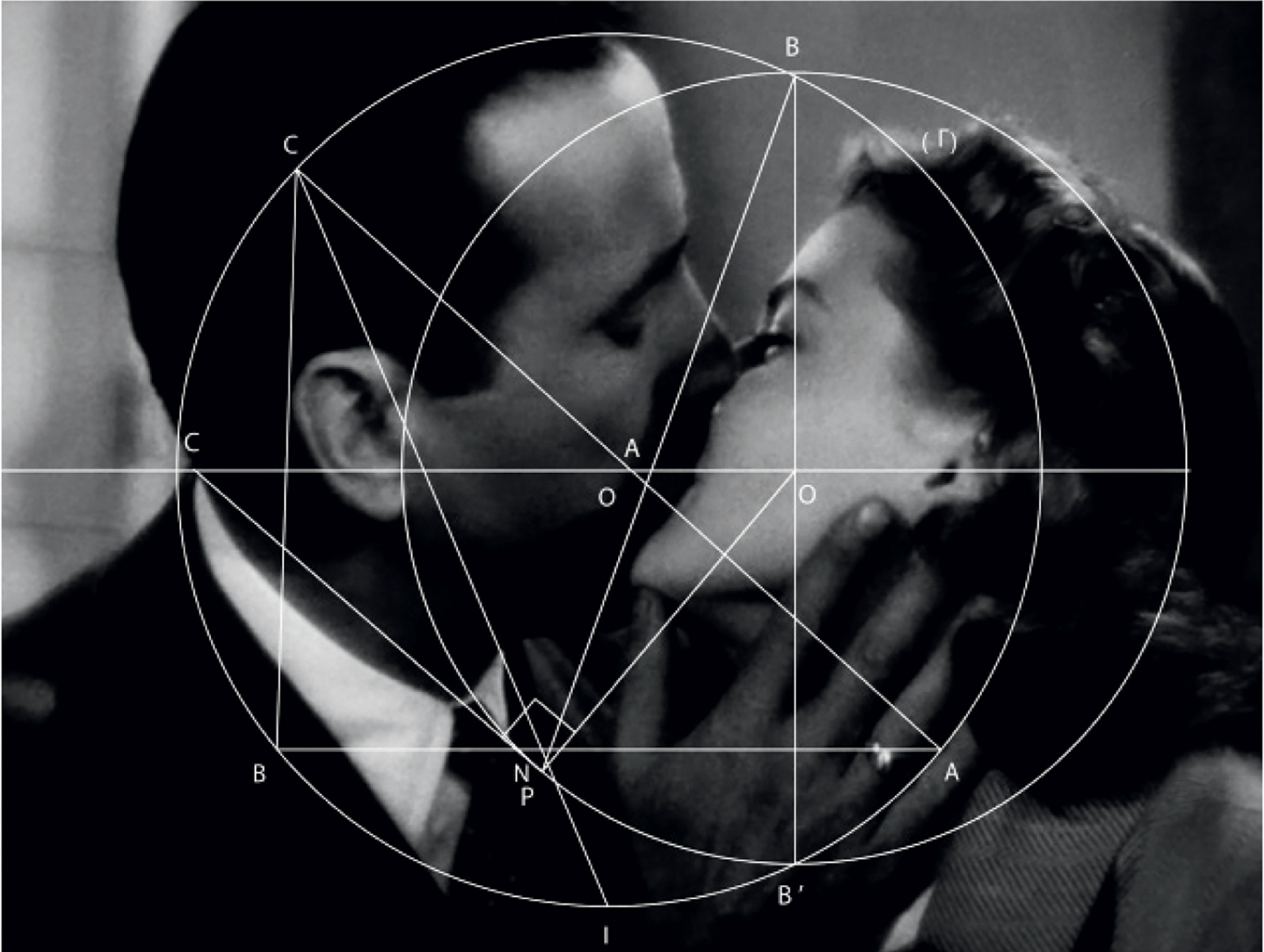Morocco
mounir fatmi

Biography
Mounir fatmi est né à Tanger, au Maroc, en 1970. Ses parents et lui s’installent à Casablanca alors qu’il est tout petit. Il étudie à l’école des Beaux-Arts de Casablanca puis à l’Académie des Beaux-Arts de Rome. Son œuvre a fait l’objet de nombreuses expositions personnelles en Europe et autour de la Méditerranée
Ses installations ont été sélectionnées dans de nombreuses manifestations d’art, dont les 52e, 54e et 57e Biennales de Venise, notamment dans le cadre de la première exposition panarabe The Future of a Promise, la 5e Biennale de Gwangju, la 10e Biennale de Lyon les 10e et 11e Biennales africaine de la photographie à Bamako et les 7e et 13e Biennales de Dakar. Il a obtenu le prix de la Biennale du Caire en 2010, et a été sélectionné pour le Jameel Prize du Victoria and Albert Museum, à Londres, en 2013. Il vit et travaille actuellement entre Paris, Lille et Tanger.

About the artworks
Mounir fatmi travaille à grande échelle sur des superpositions de langage et d’images, construisant jeux visuels et espaces littéraires. L’histoire, l’identité, le corps, l’exil, tels sont les thèmes récurrents de son œuvre, qui va de la profanation d’objets religieux à la déconstruction de dogmes et à la fin des idéologies. L’artiste s’intéresse également aux machines et à la mort des biens de consommation, des cassettes VHS aux photocopieurs, aux antennes et aux mouvements politiques. Ses vidéos et ses installations révèlent nos peurs, nos désirs, nos doutes, mettent le doigt sur l’état du monde, sur lequel elles posent un regard différent, décalé, hors de nos conventions. L’œuvre de Mounir fatmi fait écho aux événements du monde autant qu’à son histoire personnelle. Après les attentats du 11 septembre, il produit une série d’installations intitulées Save Manhattan, avant d’exposer The Lost Spring en réaction aux printemps arabes. Son exposition Permanent Exiles, présentée au MAMCO de Genève en 2015, aborde le thème de son propre exil du Maroc, et les questions de la séparation et de la fracture.
Casablanca, la ville de ses souvenirs d’enfance, se mêle au mythique film Casablanca dans une importante série d’images et de vidéos intitulée Casablanca Circles, où se trouvent réunies toutes les préoccupations de Mounir fatmi. Des diagrammes de cercles et de lignes, annotés au moyen de chiffres et de lettres, sont surimprimés sur une sélection de photogrammes extraits de la célèbre scène du baiser entre Humphrey Bogart et Lauren Bacall. Ces esquisses géométriques s’inspirent du poème The Kissing Precise (1936), dont l’auteur, le radio-chimiste et prix Nobel Frederick Soddy, revisite le théorème de Descartes afin de comparer à un baiser le point de tangence où quatre cercles se rencontrent. fatmi relie donc son obsession de la poésie et de la maîtrise technique à un chimiste prix Nobel, à la géométrie des sentiments, au scandale du « baiser de Nador » (causé par deux adolescents marocains qui s’étaient embrassés en public) et, tout ensemble, à un baiser hollywoodien et au film de son enfance. « Tout est désir, tout est poésie, tout est science, tout est art et, au bout du compte, tout est politique », explique l’artiste. L’image contient toujours plus que ce qu’elle révèle.
The artworks
03
SODDY, 2014
Tirage sur papier baryté, encre
Ed. 2/5 + 1EA
30 x 20 cm
SODDY, 2014
Tirage sur papier baryté, encre
Ed. 2/5 + 1EA
30 x 20 cm

CASABLANCA CIRCLE 11, 2012
Tirage sur papier baryté, encre
Ed. 2/5 + 1EA
90 x 120 cm
CASABLANCA CIRCLE 11, 2012
Tirage sur papier baryté, encre
Ed. 2/5 + 1EA
90 x 120 cm

Fragile, 1997
Acrylique sur papier
20 pièces, chacune 24 x 17.7 cm
Fragile, 1997
Acrylique sur papier
20 pièces, chacune 24 x 17.7 cm